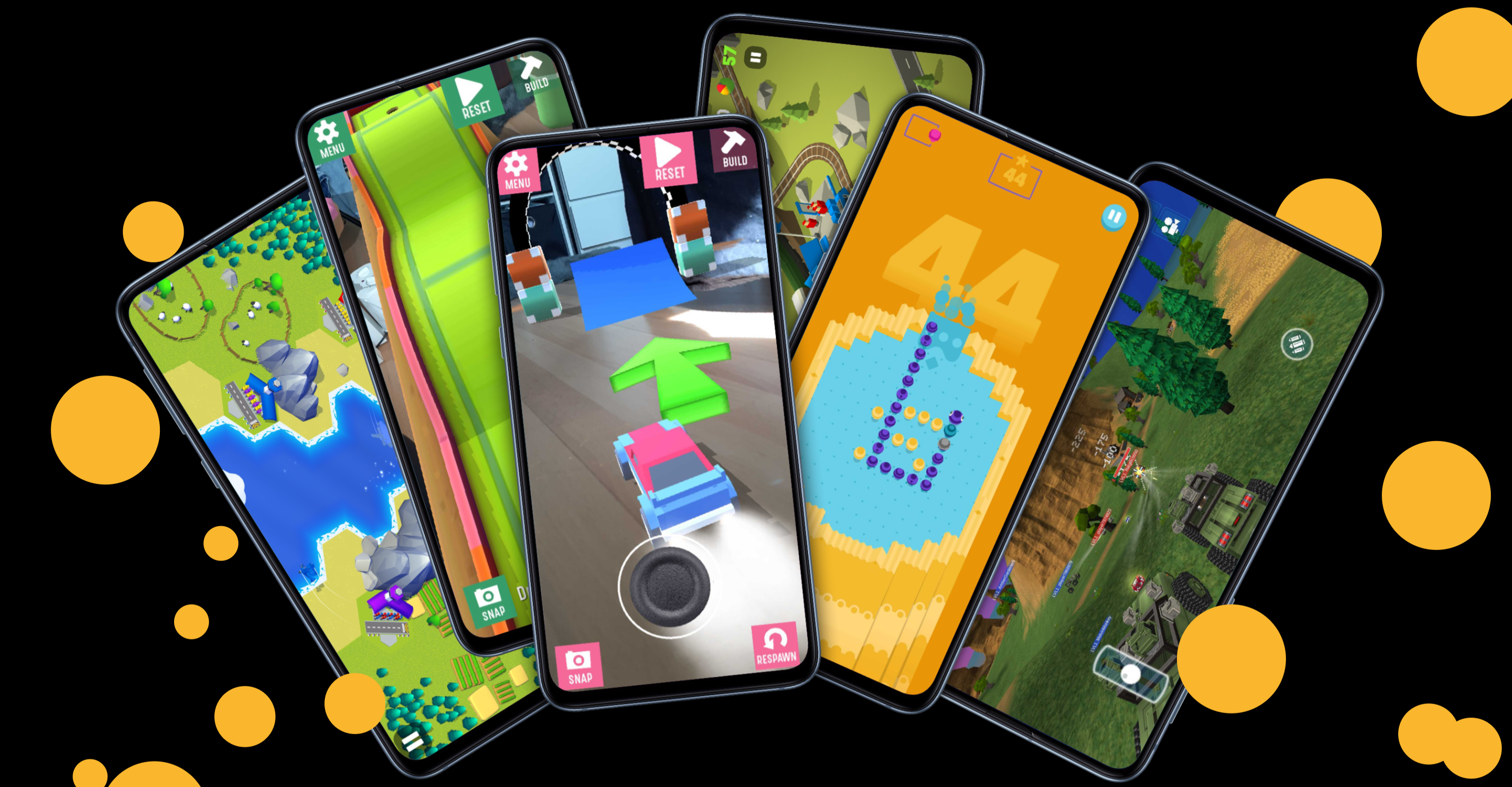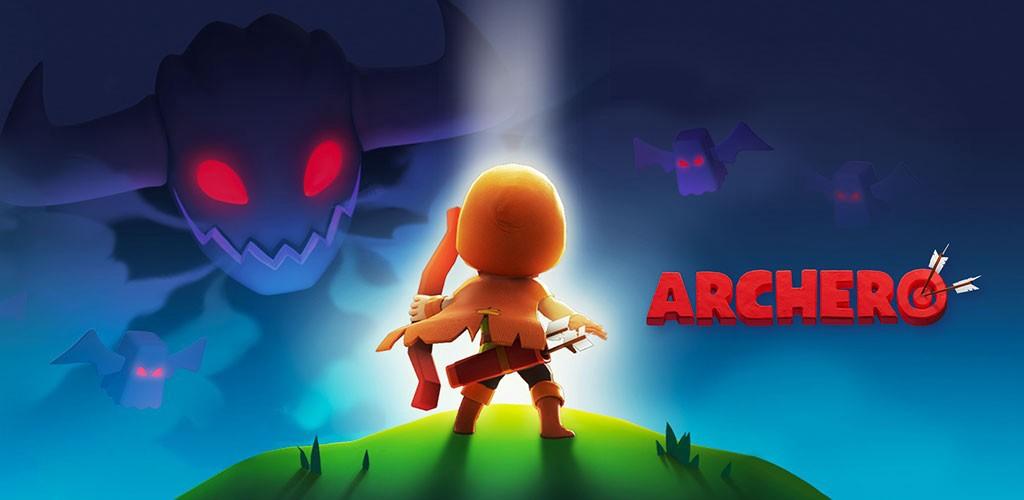Building relationships with users
As our world grew increasingly digitally connected, we in the games industry thrived at the frontier. We were skilful and quick to embrace and expand the technological and creative possibilities of the new digital connections, but perhaps a bit slower in realizing the fundamental changes that closer and more frequent relations to users could bring to the business side of games.
The fast-emerging game subscription models – of which our industry spoke only rarely just a year ago – present a way of steadily and frequently reaching users. But a subscription is – for all the model’s strengths – not an easy or get-rich-quick way of milking payers, month by month because they “forgot to cancel”.
When viewed through the lens of digital connections these models revolve around building and maintaining relations. They are a potentially profitable and long-lasting relationship between a company and a user, and like all relationships, built on trust; It requires the user to believe they will receive certain value at certain frequencies – and the product must meet that trust continuously to earn the privilege of ongoing payment.
In this article, we’ll explore the situation gaming companies face when including subscription models. We’ll look at how we can establish trust and what types of value (in the form of benefits) could be delivered at various frequencies across the user journey.
We will use games from our publishing partners’ portfolios as examples of how this could look in Unleashd (our upcoming multi-game subscription service) to showcase how benefits could be included to convert, engage and retain users – with the ultimate goal of forming a positive, long-lasting relationship between players and game companies.
The Unleashd subscription user journey of engagement building benefits
Conversion: Provide an immediate value as the first step to deeper engagement
Let’s focus first on benefits which provide instant value to users, and make them experience immediate benefit to drive conversion.
This should not stand alone, but if you seek to convert in the early stages of the user journey, you need to focus elements that the user can instantly access, and quickly unwrap and enjoy.
Conversion benefits can be presented as “Unlocking”, Instant gifts or Library or Collection Access. For example, Paint.ly could give subscribers featured images instant access instead of after watching an ad as illustrated above
Conversion benefits could be designed to support the user retention if set up such that the benefit “falls away” when the subscription ends, but please consider giving the user something permanent, to keep and hold. If users see everything as being “on lease” it is harder to “feel at home” in your product. Be aware of the double-edged sword of loss aversion, which can be a negative emotion for many users and doesn’t exactly build trust.
For many game types “Quality of life” improvements are relevant and effective, and examples of such would be removing interruptions such as ads. In some games this can greatly improve user experience “here and now”, but be aware that users don’t always perceive ads as problematic. Unity report finds that incentivized (rewarded) ads, which the user themselves chooses to activate are not in conflict with “quality of life”, and you may want to offer subscribers an improved benefit of watching these.
Paint.ly Color by Number is a colouring game with the core monetization of interstitial ads between levels, rewarded ads unlock featured images or deliver hints, and has an unlock-all subscription. A revised subscription could provide an instant gift of free hints, give access to a larger collection of colouring pages (but not all) to which the user keeps access with subscribing, removing interstitials but keeping the rewarded ads with options to unlock images outside the collection and earning extra bonus-hints when doing so.
Other elements that immediately improve the core gameplay experience such as a higher energy cap, more storage space, additional unlock/hatching options or even “shortcuts” in chrome-based games can provide other avenues for adding “here and now” value.
The efficiency of offering a free trial for your subscription is unsurprising in this light, as the user immediately gets to try out a whole suite of benefits included in the subscription. Getting used to a positive experience may build trust in future value and improve conversion at the end of the trial, compared to an up-front “subscription wall”.
At Unleashd we encourage our partner games to include “immediate value” benefits and provide a free trial, but it is not a requirement. There are good reasons you might not want to offer users a free trial, and a direct paywall is more efficient, though this concern is most valid for linear, story-driven, or shorter experiences, where a large part of the content could be “consumed” before the trial period ends.
Providing one or more types of immediately useful elements may help the user to see the here-and-now, short-term benefits of a subscription. But in the subscription model, this can rarely stand alone as users often need to trust in continuous future value as well. Let’s look at some deeper drivers for engagement.
Engagement: Recurring benefits provides on-going enrichment
To deeply engage users with a subscription model, there needs to be recurring value in on-going benefits. In game-terms; stuff that happens every time the user goes through the core loop – or perhaps even several times each loop.
We’ll focus here on benefit types that provide deeper value to users, and strengthen their value derived from the game, driving conversion for engaged users.
Engagement benefits would consist of bonuses of currency, XP, consumables, etc, optional goals/quests and daily allowance of consumables. In Tootsie POP, as in the image above, additional subscriber boosters could be provided after winning each level
It’s helpful when the users can clearly see and measure the (potential) value they get, or might have gotten, by being subscribers. Show the “extra” payouts that subscribers get at the reward stage of your game. Show potential side-missions on the quest select screen, indicate the free boosters that are available to subscribers and so on.
Let’s examine the match-3 title Tootsie POP. It uses well-known monetization for this genre; a mix of IAP and rewarded ads enhanced by a daily log-in bonus, challenges, and limited lives that renew over time. Designing a subscription offer for this type of game, we could provide recurring value in the core loop, in the form energy boosters, consumables, daily free refills of lives, or increasing multiplier of some reward types plus improving the daily log-in bonus. This would make players feel more rewarded at every part of the core loop and improve engagement.
In summary, by providing an on-going, recurring value via benefits that integrate with the core loop, players get frequent value from a subscription. Experiencing the potential during the core loop is an ongoing reminder of the advantages.
It is also possible to set up benefits that are part of even longer “gameplay arcs” or long-term goals, outside the core loop. Let’s look at using subscription benefits in the metagame to drive long-term retention.
Retention: Focus on the long game by providing depth in the meta
Playing is engaging. And by playing a game we automatically begin to establish a relation to it and become continuously invested at a deeper level. This type of deepening relationship is the foundation for retaining users and subscription benefits should seek to enhance this and provide additional value over longer periods of play.
As players, we consider it highly valuable when this type of relationship begins to develop. We feel enriched when we discover something we could get deeper into. Something that we can look forward to playing and immersing ourselves in. Often, we will only stick with a game if it provides a promise of this kind of depth; knowing that we can trust the game to “be worth it”, that it will entertain, challenge, and/or reward our time.
To support retention by using subscription benefits, the user needs to experience depth and added value during long-term play. In game-design terms, this is the stuff that happens in the metagame or “long arcs”; Areas of leveling, skill-building, improving competitive ability, solving greater challenges, reaching bigger goals, achieving new levels of performance and maybe even “catching ’em all.”
Possible subscription benefits that support long-term engagement and extend users involvement with the game would focus on progression assist, collection options, investment & savings and “Quality of Life” benefits in the meta. The screenshot above from Zoocraft illustrates existing quests, where there’s plenty of space to add subscriber quests to speed up progression
As with the previous section, we may also consider here-and-now benefits or providing a recurring bonus throughout the core loop, but in order to improve long-term retention, we need to ensure we are assisting users reaching longer-term goals, as opposed to a here-and-now gift.
In the context of retention, the popular Battle Pass can be viewed as a brilliant execution of a kind of “seasonal, short term subscription”, with included benefits that drive both engagement and retention. In many games, by purchasing a Battle Pass, the user gets little or no immediate content but earns the right to progress towards exclusive rewards, over a period (season). These rewards can only be achieved by playing, thus driving both engagement, retention, and monetization. With a subscription model attached, a game could either fully provide the “full” Battle Pass experience, provide a discount towards it, or focus on supplying benefits that assist the player in reaching the Battle Pass progression goals, by boosting progression, performance, or collection.
ZooCraft, a zoo management game, has an intricate monetization model with seasonal, time-limited content, lots of bundles, tasks that require waiting to finish, rewarded ads, daily and long-term challenges, and a social element. A subscription could touch most aspects of the game to create a valuable experience, but we’ll focus here on the longer arcs helping players reach goals or improve the “meta”, such as adding subscriber-only seasonal challenges, giving daily “clean/collect all” booster to finish overdue tasks, automate “shell of friendship” help requests, purchasing subscriber-only investment grants for your zoo, which pay out over time, adding storage space in animal warehouse. Reaching long term goals could be made easier for the players and new challenges would drive players to come back.
By providing lasting value as part of overarching goals in the metagame, players can be strongly retained. This is a stepstone on the path to turning your users into superusers and long-time fans. Let’s see what happens when we get that far – and our players decide to “put a ring on it”.
Lifestyle: Increase value for superusers by offering “lifestyle” support
We want game experiences to be valuable to the players. When our game takes a central place in their life bringing them the experience they are after. A game they will return to again and again – and evangelize or recruit other players to, in order to share experiences, compete or cooperate with friends. As players, we love it when we love a game! And we love to share what we love.
Turning your game into a “hobby” or “love brand” requires special attention to superusers, their self-perceived status, and special needs as veterans. Let’s focus on the benefits that support and engage fans – and aid them in embracing and evangelizing your game.
Superuser benefits, center around forming deeper ties in and around the game, creatively, socially and competitively – as well as showcasing players’ status as veterans.
Lifestyle benefits could include features extending the metagame, social and community features, personal expression options, VIP status and areas. This can be illustrated like in the mock-up screen above where traditional tournament in Heroes of Warland has been upgraded to VIP tournament
Subscribing fans also may be interested in Betas or Early access of new features which is a good way to both test new features on most knowledgeable users and let them feel special by seeing new content first. If this makes sense for your game, you could look for testers among subscribers first or simply provide a head start to new content.
In areas of monetization, a feature like introducing progressive shop discounts or spending-level bonuses for subscribers can act as a metagame for your IAP shop which drives spending, with the extra benefit of delivering a “thank you” to big-spending subscribers.
In relation to this, the subscription model should obviously help establish a new, stable revenue stream, but not seek to replace existing channels of revenue – if done right it can improve and have a positive effect on other channels. In fact, much seems to indicate that subscribers are willing to spend a good deal more than other spending users.
Looking at a title like Heroes of Warland there are several avenues for adding value for superusers. Centered around the highly competitive team-based gameplay, adding exclusive competitive content and clan-based features would fit a subscription service well. Subscribers could get access to new battle maps as part of exclusive betas as well as exclusive cosmetic options and in-game “VIP status” highlighting of character and username, plus deeper cosmetic options like naming and customizing weapons further.
We find ourselves at the stage where superusers expect and deserve special treatment and recognition. Being seen and heard – and having a platform for expression is important when you love something. Providing recognition, and privileges to superusers keep them seen, heard, and trusting in your subscription.
If you came this far (and the players followed you) you’ve succeeded!
We’ve reached the end of our user-engagement journey and provided additional value via subscription benefits to users every step of the way.
Now it’s up to you to consider which of this makes sense and which benefits you could “mix and match” in a subscription fitting your existing game and its current revenue model, to drive long-term retention and engagement in your product and help turn newbies into superusers.
If executed wisely, a subscription model can make players both more engaged, loyal, and satisfied in making a fixed payment toward a promise of both immediate, on-going, and future value. Keep that promise to your players well!
At Unleashd we operate with a model that lets the game developers that are part of our platform decide for themselves which benefits to integrate. Subscribers get benefits in all games across our platform and developers get a new, more stable revenue stream and more predictable income.
We hope you enjoyed reading and we’d be happy to get in touch with you and discuss how you can build benefits that engage your users more deeply. If you’re interested in learning more about our service and think your game could be a good fit, sign up to our mailing list on our website unleashd.com or email us directly at hello@unleashd.com and we’ll let you know about any updates.






















